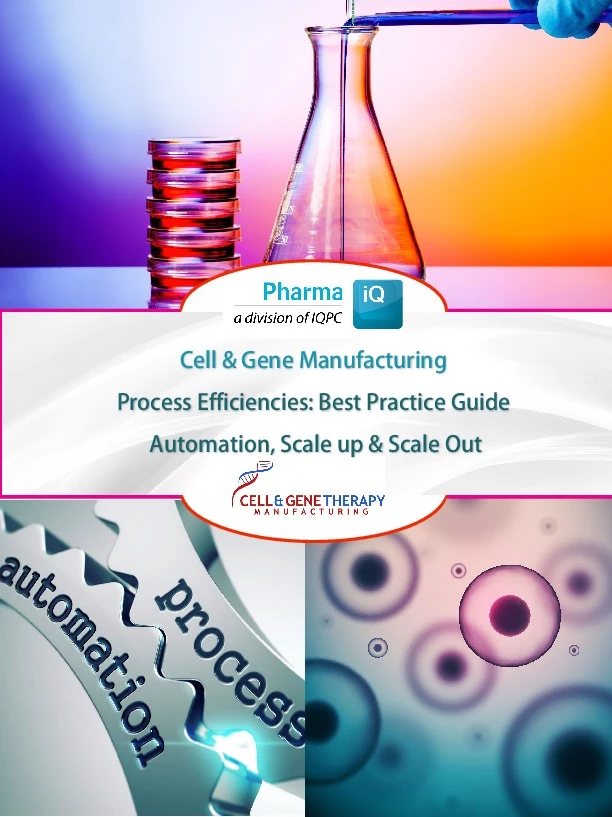Emerging Trends within Cell & Gene Manufacturing
Add bookmark
The level of process efficiency behind today’s cell and gene therapies is said to rest at a low. The manufacturing behind them is mostly manual, due to the treatments mostly being within early development stages. There are, however, some cases where companies utilise partly automated solutions.
In regards to the progress required behind this market in regards to process excellence, Elena Meurer, Head of Pharmaceutical and Technical Development at apceth GmbH & Co.KG sees two major routes towards improvement. For small autologous products - develop a strategy to produce everything at the patient
side in the clinic, so for a closed automated system which will allow manufacturers to avoid the use of clean room. It is however not possible if the manufacturing of a cell product is lengthy due to a cell expansion phase. In this case, a simple, robust process should be developed to ensure the product’s success, as the patient material is valuable. Secondly, the adoption of allogenic manufacturing of huge batches which would allow for the cost minimisation.
One key point of focus is not only the move towards scaling up - manufacturing bigger batches of product- but also scaling out - manufacturing more batches.
In response, to this Pharma IQ spoke to Elena Meurer of apceth GmbH & Co.KG to compile this best practise guide automation scale up –and scale out for cell and gene therapies.
[inlinead]
Accommodate For The Lack Of Appropriate Platforms
This stands as one of the greatest challenges for the market. Many manufacturing platforms exist for cell-based products, like antibodies, vaccines and so on where cells take part of the process. However, Elena notes that the solution landscape for automisation and monitoring is completely different when we require a process which harvests living cells that are still potent and can provide therapeutic agent.
Don’t Underestimate The Influence Of Scalnng Up And Out On Cell Quality
Elena commented: “The tip would be to decide early enough what are critical parameters in the quality of the final product, so what has to be assessed and what has to be monitored and what is [the reality] of the influence to conclude about the quality.
Establish Potencies As Early As Possible
A scale-up can change some characteristics of a cell so one has to decide whether they are essential or not. Elena said: “This is a very known case when a company would perform first clinical studies in the small scale and then change for larger-scale within later clinical stages. As an example, the larger scale might require a prolonged cultivation of cells thereby providing older cells, which might result in the change of product potency. So, that is a pitfall [to look out for]: if you change your cultivation technique during scale-up, that the product [may not be] potent any longer.”
Always prioritise starting material well
Scale out is thought to mostly apply to autologous products to produce an individualised medicine for one particular patient. In this instance the quality of starting material is very important.


















